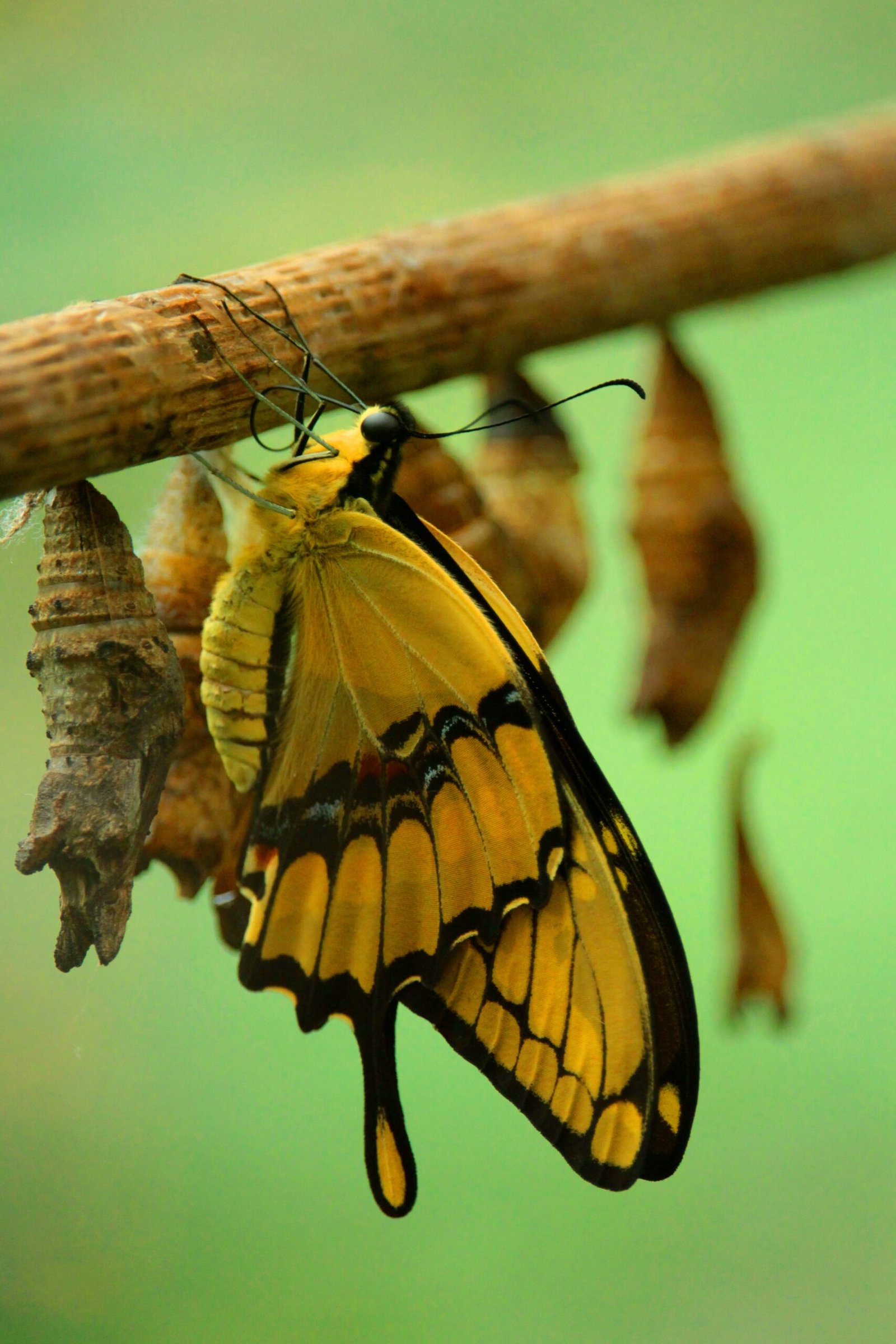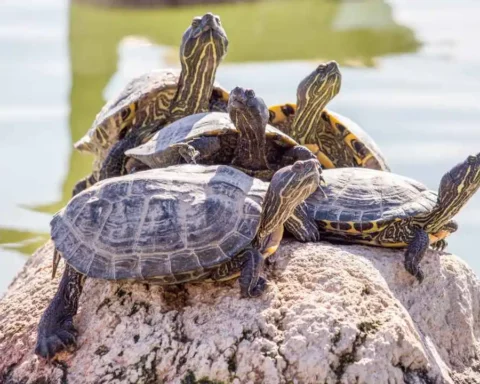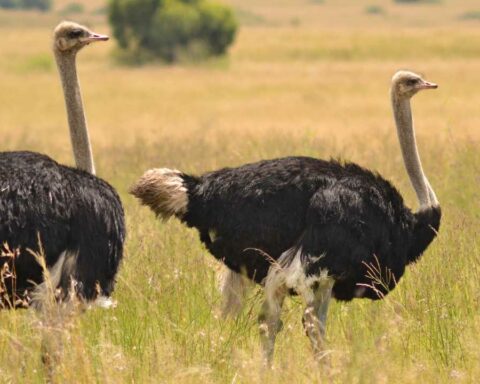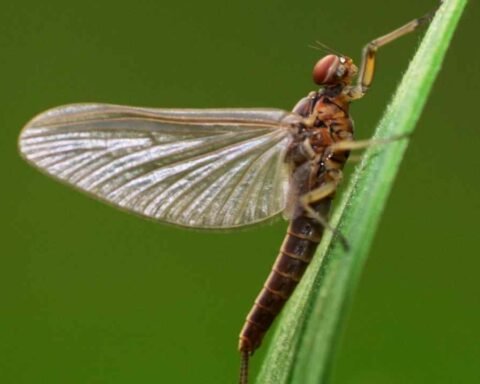The Monarch butterfly, a symbol of beauty and transformation, has a life cycle that is both fascinating and varied. From its average lifespan to its unique migration habits and survival tactics, the Monarch’s journey is a testament to nature’s wonders. Whether in the wild, captivity, or different regions of the world, these butterflies exhibit remarkable adaptability. Dive into the world of the Monarch butterfly and discover the intricacies of its existence.
How Long Does A Monarch Butterfly Live?
The adult Monarch butterfly (male or female) lives for about 2.5 to 5 weeks. Their time of birth is really important because the butterflies that are born at the end of summer can also live up to 8-9 months (from August to mid-April).
They can migrate 100 miles in winter to spend their winter season in cosy areas because they can not fly if the temperature drops from 55 Fahrenheit (12 degrees Celsius).
Other than Central and South America, the Sierra Madre Mountains of Mexico is the most suitable place for Monarchs in winter. They wait until spring to fly back to their territory. Monarch butterflies hide in branches and trunks of trees throughout the entire season.
Hedgehogs, wasps and Ants are a real threat to the life of Monarch butterflies because they can eat the chrysalides, eggs or even newly hatched caterpillars of Monarchs to feed themselves and even their babies as well.
How long do monarch butterflies live in captivity?

Monarch butterflies can live for 2 to 6 weeks in captivity. Monarch Butterflies love milkweed plants, so if you are planning on attracting monarchs, try to keep your garden full of milkweed plants. Adult monarchs get attracted to yellow, red, orange, pink and purple blooms.
How long can monarch butterflies live without food?
The feeding pattern of Monarch butterflies depends on a weekly basis. Their caterpillars can survive upto 24 hours without any food. Experts say that adult Monarchs can also survive all winter without any food.
For survival, Milkweed is the favourite food of Monarch butterflies. They need moisture for their nourishment. They don’t drink pure water from a river or pond, however, they are fond of sipping liquid from muddy soil.
How long does a monarch butterfly live in NZ?
The lifespan of Monarch Butterflies depends on the season they were hatched in. Therefore, normally Monarchs live for 60-80 days but the migrated butterflies that hibernate themselves in trees and branches tend to live longer for about 9 months. They can be seen in New Zealand from September to March.
They remain active in the day-time and keep flitting on flowers but at night they prefer resting in their territories in the form of clusters. Monarchs feed on the Gomphocarpus genus (which includes Giant swan plants and milkweed varieties) in NZ. Monarchs in New Zealand can be seen flitting around in Northland, Hawkes’s Bay, Christchurch and Nelson because they preferably overwinter in mild coastal locations.
How long do monarch butterflies live in the wild?
Butterflies living in the wild can last 2-6 weeks and migrating butterflies can live upto 9 months. Monarchs are vital for ecosystems to thrive. Because they cause pollination, this irreplaceable facility provided by Monarchs helps us enjoy many beautiful flowers and several dietary staples such as blueberries and maybe squash.
How long do monarch butterflies live in Australia?
In Australia, Monarchs can live upto 8 months since they migrate to Australia in August till mid April . The East Coast of Australia from Queensland to South Australia and Western Australia are the typical locations for these serene beauties.
How long do monarch butterflies that migrate live?
The Monarch Butterflies that migrate between August to April live longer than other butterflies that were born before the end of the summer season. The reason behind this unusual lifespan of monarchs is that they migrate to warm locations to hibernate. Migration, however, is not a surety of their life because while migrating, they are at higher risk of dying during flight or getting eaten by predators.





